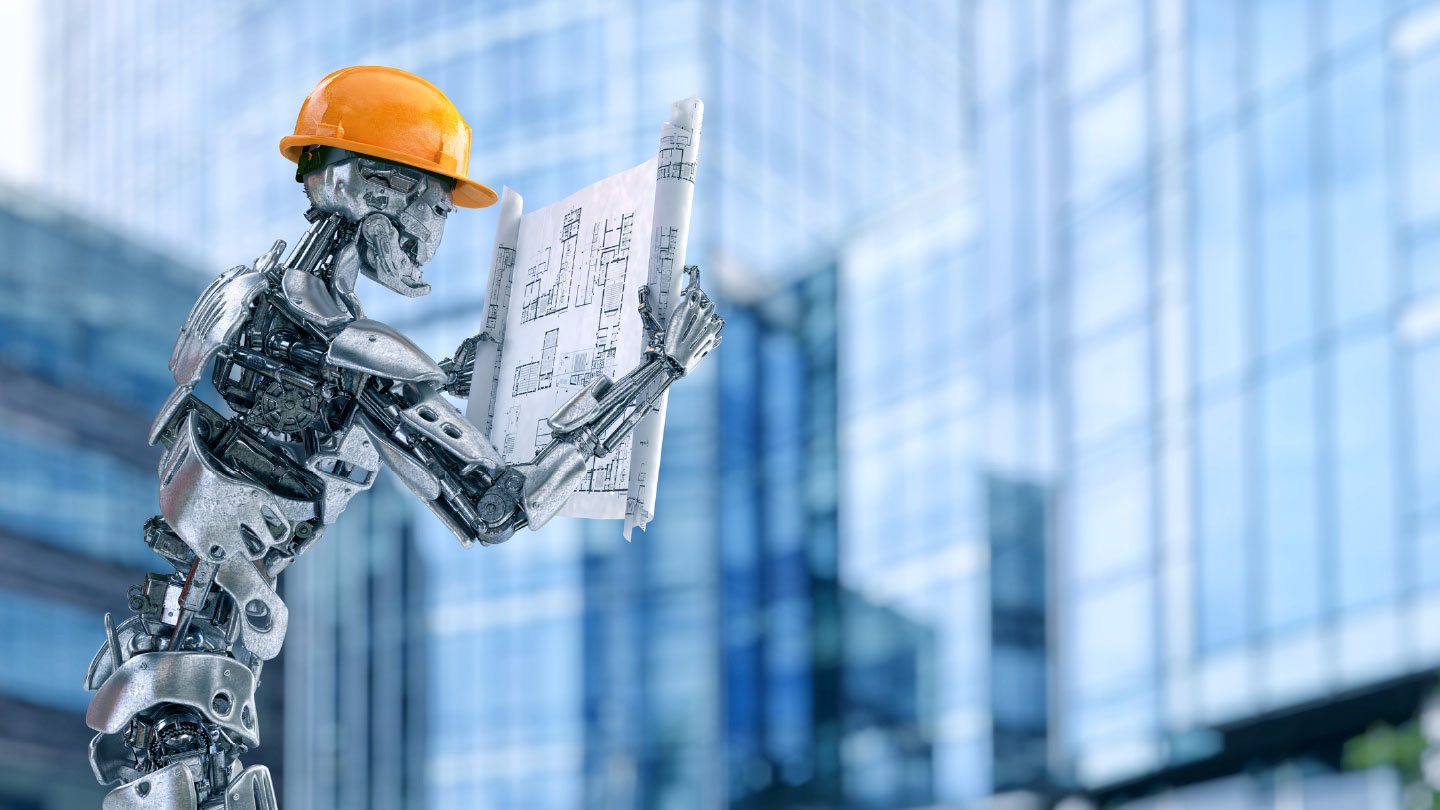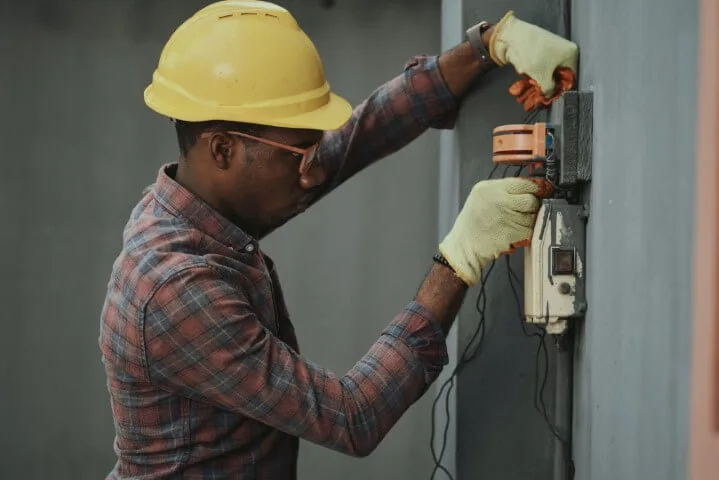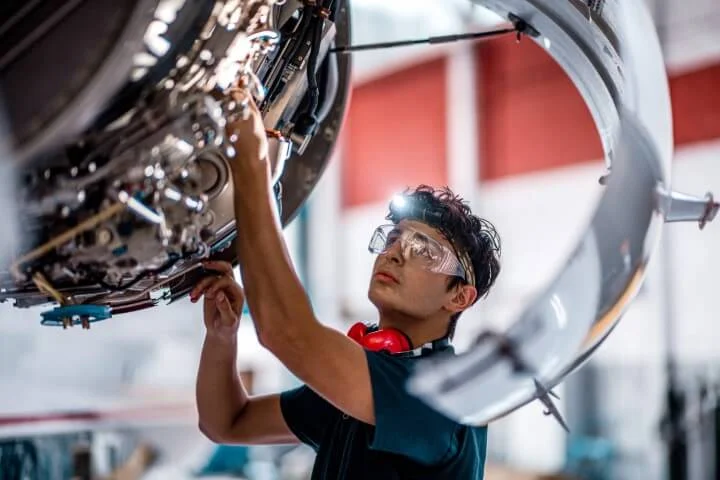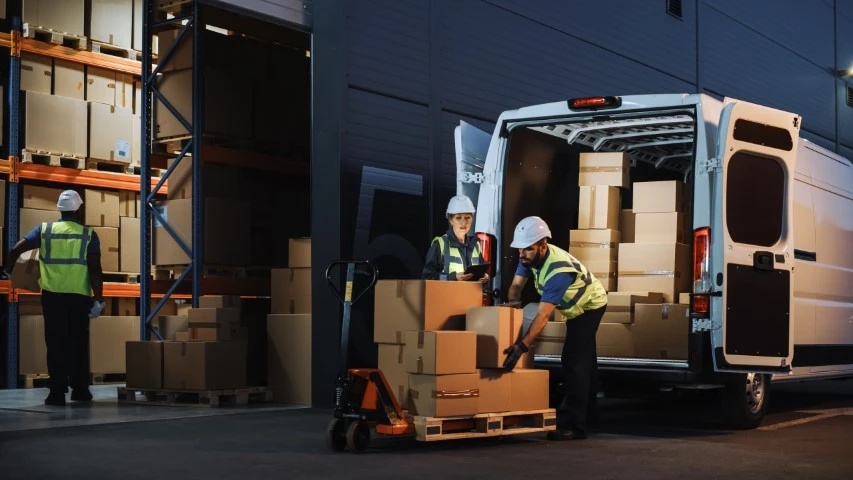Can Humanoid Robotics Beat The Construction Labour Crisis?

Can Humanoid Robotics Beat The Construction Labour Crisis?
The buzz around AI at London’s 2025 Digital Construction Week event was symbolic of a broader industry shift towards embracing AI for good. Construction management software’s AI-driven capabilities have long graduated from basic automation of administrative tasks, with many market-dominant vendors prioritizing the development of more advanced functionality, such as in-house AI assistants and predictive analytics infused with machine learning. With around half of capital project managers anticipating that AI will bring significant value to construction over the next three years, according to the 2024 Verdantix global building capital project managers survey, vendors are racing to innovate in the hope of plugging the sector’s burgeoning skills gap.
Surfacing as a hot topic, many are now questioning whether robotics hold the power to take on repetitive, physically demanding and dangerous tasks, reducing the need for boots on the ground. Start-ups such as Invictus Robotics and Ascend Robotics are flooding the space with general purpose robotics for construction and manufacturing. Market momentum has sparked significant investment over the past year: GROPYUS secured $110 million in Series C funding, while Teleo raised $16 million in a Series A extension. Meanwhile, leaps are being made in another area, one particularly poised for a disruptive market entrance: humanoid robotics.
Designed to mimic human motion and behaviour, humanoid robotics have already caught the attention of tech giants like Google and Meta, with pilot deployments now underway. For example, Hexagon launched a humanoid robot, AEON, at Hexagon LIVE Global 2025 and Jinki Ittai, a Japanese robotics start-up, developed a transformer-like construction robot that can assemble buildings. Tesla is also entering the race with its Optimus robot – a bipedal humanoid equipped with arms and hands – set to enter production this year.
But before humanoid robots signal the end of traditional construction, there are a few essential considerations. Learnings should be taken from the industrial sector, where Boston Dynamics and Agility Robotics have made significant headway in warehouse environments. For instance, Boston Dynamics’s robot ‘Stretch’ is dedicated to unloading heavy items from trucks, while Agility Robotics’s ‘Digit’ can perform tasks with human-like agility to reduce workplace injuries and alleviate workforce shortages. Helping to accelerate advancements, Dassault Systèmes’s virtual twins are optimizing the design and performance of next-generation robots, enabling developers to refine form and weight. Some developers are venturing beyond replicating imperfect human abilities. The University of Science and Technology of China’s octopus-inspired robotic arm is capable of a range of complex manoeuvres, performs tasks at a 95% success rate and can lift loads up to 260 times its own weight.
Presently, robotics hold the most value when augmenting the workforce, rather than replacing it. Through wearable robotics, such as NavVis’s wearable 3D laser scanner, workers can capture data at construction sites. Similarly, Ekso Bionics’s product, Esko EVO, provides an upper-body exoskeleton to increase workers’ productivity, reduce fatigue and lower the risk of injuries.
Human expertise and manual skills have long been the foundation of the construction industry, but the rise of humanoid robots raises the question of whether organizations will invest in reskilling workers or replace them outright. While still very costly and lacking the dexterity needed for the unpredictable nature of construction sites, major tech firms are pouring millions into robotics R&D, meaning the era of the robotic builder may arrive sooner than we expect. To stay up-to-date on the latest developments in the construction sector, check out our recent reports here.






















